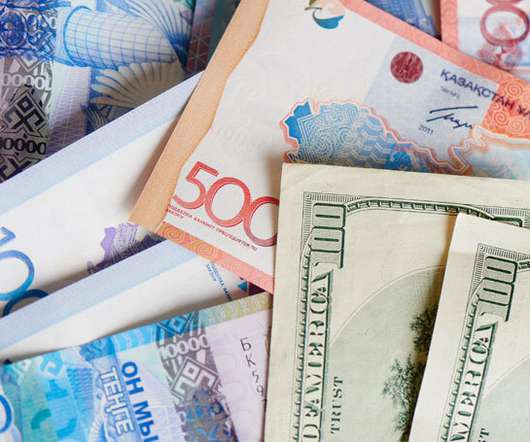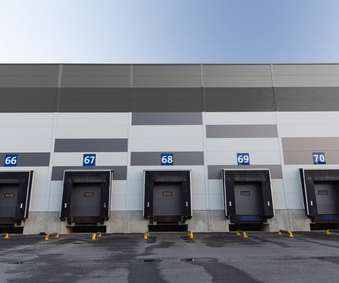Market Size, Share, Trends, Demand, and Forecast of Payment Reconciliation Software in 2022
Vinculum
MAY 17, 2022
Europe: (Germany, United Kingdom, France, Italy, Russia, Spain, Others). Africa and the Middle East. Manufacturing. Breakup by Region: North America: (Canada, United States). Asia Pacific: (China, India, South Korea, Japan, Indonesia, Australia, Others). Latin America: (Mexico, Brazil Others). Breakup by End User: BFSI.
















Let's personalize your content